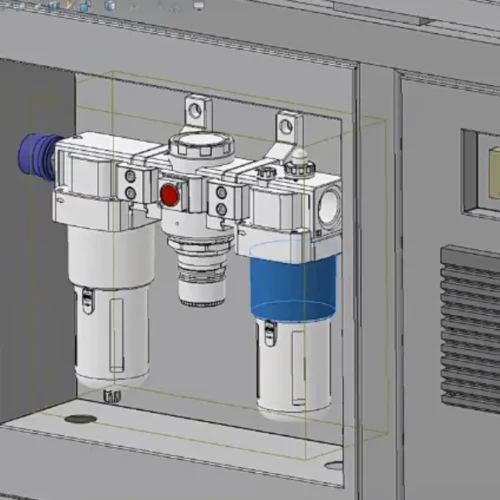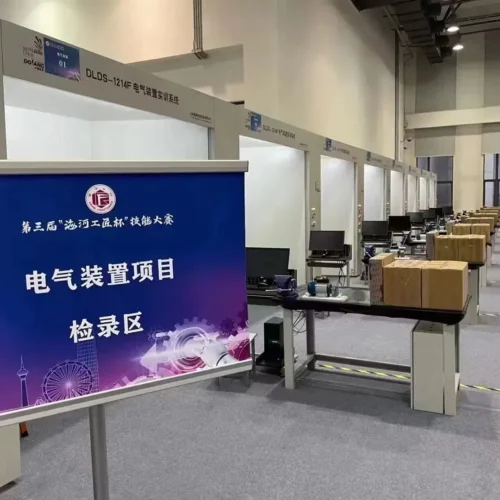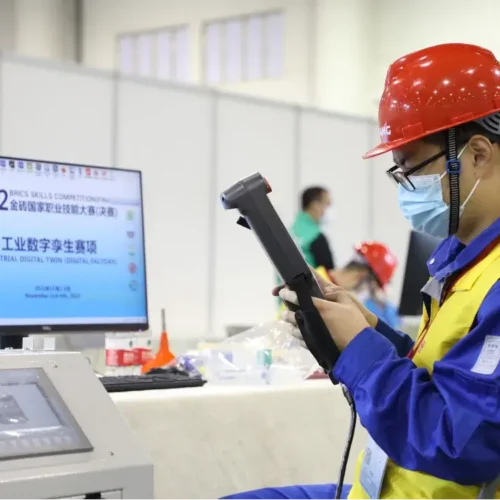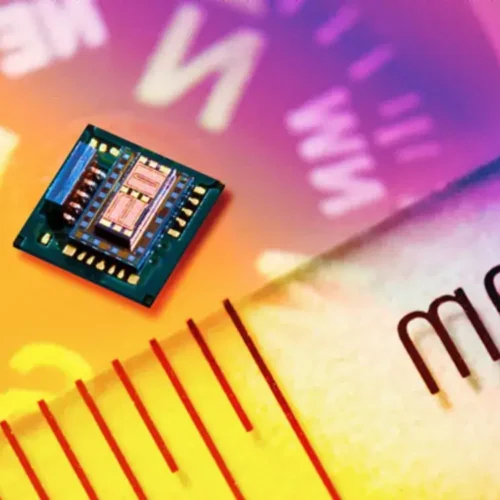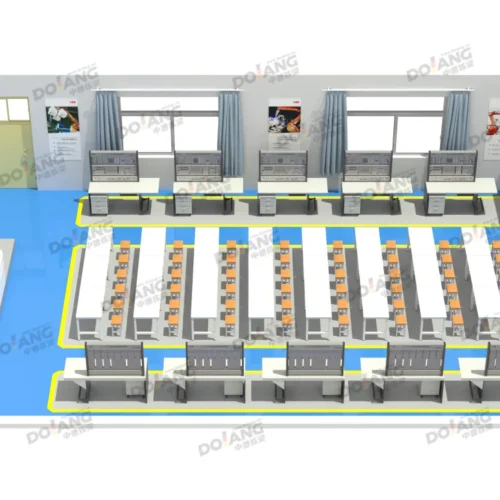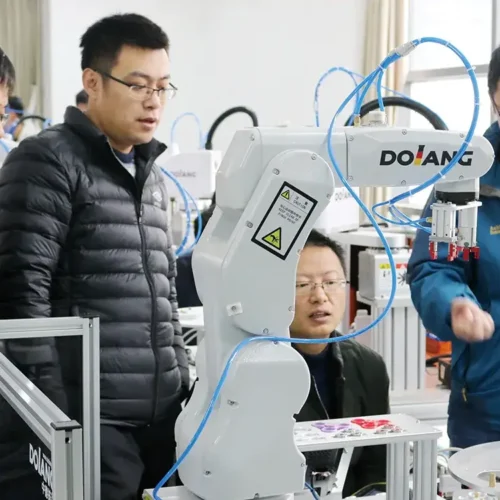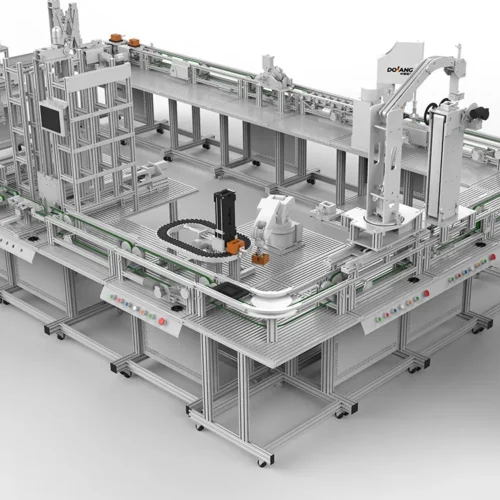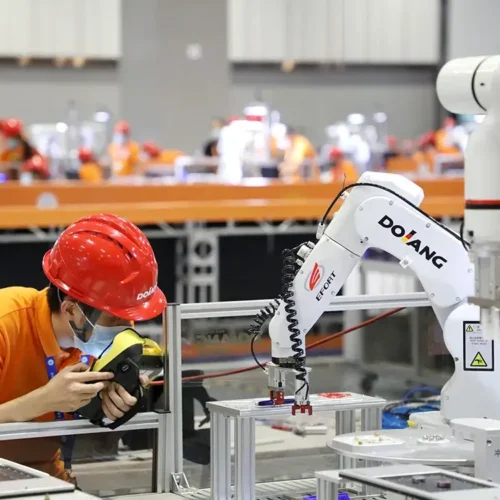We have all heard of hydraulics and pneumatics, but do we understand their differences? With so many technical terms and concepts, it can be difficult to grasp the intricacies of each.
This blog post may assist you in learning more about the variations between hydraulics and pneumatics. Learn more about each system and how it differs from the others.
Hydraulics and pneumatics use fluids or compressed gases to operate. They are ideal for heavy lifting, air-pressure powered tools, and valve and flange maintenance.
Both fields have pros and cons. Learn more about hydraulics and pneumatics to make an informed decision.
What are hydraulics and pneumatics?
Hydraulics and pneumatics are two fields of engineering that use fluid power to move machines. Both are energy efficient and work to move various objects with force.
The primary distinction between hydraulics and pneumatics is the need for hydraulic oil in the former and pressurized air in the latter. Each has its benefits and disadvantages.
Students completing hydraulics and pneumatics training can work in a variety of industries. They can use their knowledge to design and operate hydraulic and pneumatic systems and troubleshoot problems. These skills are valuable in several industries, including aerospace, manufacturing, and defense.
Pros and Cons of hydraulics and pneumatics
Hydraulics and pneumatics training are similar in their use in industry, but there are some differences.
One major difference is that pneumatics uses air, while hydraulics does not. Oil-based systems use more energy and must be collected after use, which can create environmental issues. Another difference is that oil-based systems can be hazardous if they leak.
Hydraulic systems use fluids to move parts and machinery. These systems are typically more powerful than pneumatic systems, which max out at 100 psi.
These systems are also more efficient, generating constant power. Because of this, they are also cheaper to run and offer an excellent cost-to-power ratio.
However, they require more initial investment than pneumatic systems and have an additional concern of leakage, which pneumatics do not have.
How does hydraulics work?
As a system, hydraulics allows us to manipulate large items by applying pressure to fluids. This system has various applications. It allows machines to lift and move thousands of pounds.
For generations, this proven technology has been in use. There are several types of hydraulics, including positive, negative, and open systems.
In a simple hydraulic system, two cylinders are connected by piping. At one end of the pipe, which is larger than the other, a weight is applied to that end. The weight presses the fluid from the small cylinder to the large cylinder, generating a force that moves a heavier object.
How does pneumatics work?
Pneumatic systems are useful in various applications. They can help power factory automation systems and move parts and tools. They’re also used in road drills and paint sprayers. In their functioning, a mechanical chisel is pumped by compressed air through a pipe.
Pneumatic systems use compressed air to power various machines and tools. The air moves through a filter and pneumatic tubing to reach an actuator. The actuator is the final part of this system serves a certain purpose.
It’s a cheap, reliable, and safe alternative to hydraulic actuators. Pneumatic systems can be used for industrial automated techniques, medical uses, food cooking, trucks, and rides in the fairgrounds.
What is hydraulics and pneumatics training in education
If you’re considering working in the manufacturing sector, hydraulics and pneumatics training is a great choice. These courses teach the basics of hydraulics and pneumatic systems and explain the components and maintenance procedures of hydraulic systems.
Pneumatics and hydraulics are both processes used to transmit power and energy. The mechanics of these systems involve liquids or gases, and all obey the same laws and principles. These courses are designed for mechanical engineers, but industrial engineers can also benefit from these programs.
Hydraulic and pneumatic technicians work in a specialized industry that requires advanced training and experience. The upkeep and repair of office equipment fall under the purview of these professionals.
The fluid used to move the equipment is typically oil, water, or compressed air. Many industries use this technology. These include aerospace, manufacturing, and defense. A technician who has trained in hydraulic and pneumatic systems will be able to troubleshoot and repair these systems.
What is the Difference Between Hydraulic Raining and Basic Pneumatics Training?
Pneumatics and hydraulics are two branches of engineering that work to transmit power and force through a fluid medium. From automobiles to construction equipment, many industries use both of these.
They also have applications in the subsea. A person interested in working in either of these disciplines, should be cautious about the differences between these two branches of engineering.
Pneumatic and hydraulic technicians typically gain their skills on the job, but some companies will hire those with formal training. Some schools offer a program that consists of two years of study.
Enlisted members of the armed forces can also receive formal training in fluid power. Training typically involves the use of pneumatics and hydraulics in armored vehicles and aircraft. Some fluid power technicians are certified by organizations such as the Fluid Power Society.
Basic Hydraulics Training is fundamentally an interactive course. It is developed by NFPA and includes equipment from Bosh Rexroth, Festo, Parker Hanifin, and more. You can choose an industrial hydraulics training system that is suitable for your individual needs.
Some of these training systems include an additional component set for Industry 4.0 training, which will allow you to scale training to accommodate the new requirements.
As a fluid power technician, you may be working in a factory, lab, or office. Most fluid power technicians are employed by private industry, while a few work in independent research facilities.
They earn a starting salary of $20,000 to $50,000 per year. Other advantages include paid time off for vacations and sick days.
Since both fields are very similar to each other, most courses provide education on both, like the electro-hydro pneumatic course from Tourque Technics.
How to choose between Hydraulic training kits or pneumatic training kits?
When selecting a training kit, it is important to consider a number of factors. For example, you may need to choose between a Pneumatic and Hydraulic kit depending on the application you plan to use it for.
A Hydraulic training kit has the same components as a Pneumatic training kit but will have a hydraulic pump instead. Both training kits will contain a pair of flow control valves and bypass checks to ensure the proper flow of fluid.
A Hydraulic training kit may not include a flywheel. If it does, it is important to check that it can’t be forced on or off of the shaft.
A Pneumatic training kit, on the other hand, provides students with a realistic experience that will prepare them for more advanced concepts and applications.
This kit comes with a range of components that mimic the actual components used in hydraulic and pneumatic systems, including sensors, PLCs, and a variety of test stands.
A Hydraulic training kit comes with more extensive parts and tools, such as cylinders, pressure gauges, and a flow meter. In addition to these, the system also includes a mobile workstation and a space for storage.
It depends on your interest in what you want to learn. If you’re interested in hydraulics, you should take the hydraulic training kit, and if you’re interested in pneumatics, you should take the pneumatics training kit.
Pneumatic training equipment should come with all the components necessary to provide adequate learning, both theoretical and practical.
How to Find a Hydraulic and Pneumatic Training Kit Supplier
There are several options for hydraulics and pneumatics training kits. A good resource is educational training kits from Dolang. These industrial pneumatics training kits are designed to teach students the different disciplines of fluid power, such as hydraulics, electro pneumatics, and smart maintenance.
The equipment is equipped with realistic components and features, which allow users to learn through hands-on training. The equipment is easily portable and can easily provide pneumatic control training.
One of the best training equipment for oil hydraulics is the Dolang’s Transparent Hydraulic, Trainer Kit. This hydraulic training equipment has a clear acrylic body that lets the trainee see the internal workings of a hydraulic system.
The hoses and components are similar to those found in real industrial equipment. A trainee can easily build circuits with the hoses and power pack. This trainer kit can also be upgraded with new features and components later.
The Dolang company offers hydraulic and pneumatic training kits. It provides a complete range of training systems, from basic to advanced concepts, and features industry-standard components.
They are known for their expertise and breadth of application. Their Basic Pneumatic Trainer kit, for example, contains an A-frame bench and hydraulic manifolds. It also includes practice panels and sensors that pupils might utilize to hone their abilities.
When choosing a training kit, choose one that integrates theory with experience. It will give your trainee the skills necessary to design hydraulic components and repair and maintain them. It will also teach trainees how to troubleshoot these components.
Conclusion: How do Hydraulics and Pneumatics Training Differ?
While there are many similarities between hydraulics and pneumatics, these two systems use distinctly different mechanisms. The primary difference is the media they use to transmit mechanical energy.
Pneumatics typically use gas, which is easily compressed, whereas hydraulics use a relatively incompressible liquid. In addition, hydraulics can also use fire-resistant fluids.
Compared to hydraulic systems, Pneumatic systems can be called much cheaper. They are generally smaller and contain less equipment than hydraulics. They also require less maintenance than hydraulic systems. Pneumatic systems are less susceptible to shock and corrosion, and they require less durability and lubrication than hydraulic systems.
In addition, Pneumatics utilize a central source of compressed air to power their systems. In the building, milling, and construction sectors, these systems are commonly employed. They can also be used to power various forms of transportation, including automobiles and hand tools.
Despite the fact that they differ in important ways, they have a lot of common features. The main differences lie in their application. Both use Pascal’s law to control the flow of fluids. Both systems use pressure to move objects, and they are excellent for many different uses.
Their differences are not as great as one might believe. The two are both based on similar principles for channeling mechanical energy. Both use fluids to produce force. In general, pneumatic systems happen to be more powerful, but they are smaller and more compact.



